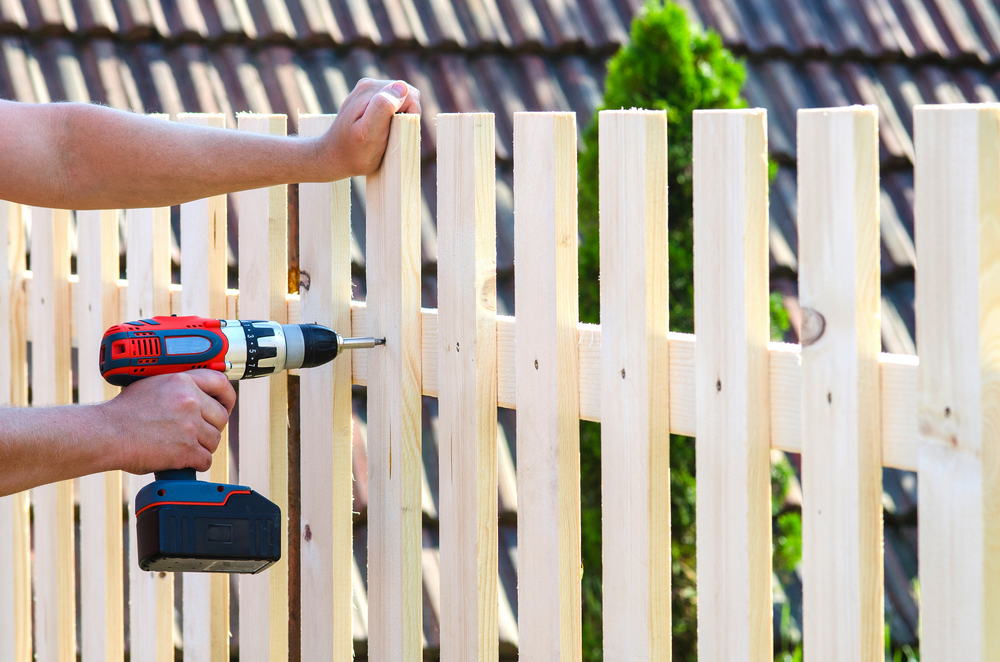Joining together raw building materials to form structures that are built to endure requires expertise. Connecting elements securely allows completed projects to handle expected loads and forces. Joinery ranks among the most vital construction skills for transforming raw steel, concrete, and lumber into robust infrastructure. Of the many joining methods, few match wood screws for versatility.
Understanding Material Properties
Knowing a material’s unique properties means you have an understanding of which joining techniques suit it best. For example, the malleability of structural steel allows welding pieces together without compromising strength, whereas concrete’s brittle nature requires steel rebar to reinforce tensile weaknesses.
Wood framed construction relies heavily on mechanical fasteners and adhesives. Denser softwoods have fewer quality flaws and hold fasteners better. Hardwoods are stronger but are prone to splitting. According to the the makers of SPAX screws, material qualities help guide appropriate joinery choices like wood screws.
Mastering Joinery Fundamentals
Sound joints efficiently transfer stresses between connected members. Tight precision mating prevents movement or separation. Snug fastening draws parts together, securing the joint. Proper design and orientation adds strength and resists twisting or shearing forces.
With wood specifically, effective joints interlock fibers and grain direction for strength. Adhesives bond surfaces together for seamless stress transfer. Fasteners like wood screws resist shear loads preventing pull-out. Joinery mastery creates durable structures from individual raw members.
Selecting Suitable Fasteners
Nails provide quick wood connections but limited strength. Too large a nail splits wood rather than holding it tighter. Staples efficiently fasten sheathing but lack load capacity. Wood screws counter these limitations through their design.
Precision-milled threads bite deeply into wood for excellent resistance to pull-out forces. Tapered points bore smoothly into lumber without the need for pre-drilling. Stepped shank diameters allow increased holding power without splitting softer woods. Choosing the right wood screw will help maximize connection durability.
Installing Wood Screws Correctly
Proper installation optimizes fastener performance. Drilling pilot holes to 70% of screw shank diameter prevents wood splitting while easing driving. Seating screw heads flush looks clean while maximizing holding strength.
It is important to take care not to over-drive screws. Allowing 1/8 inch gap between material and screw head provides room for wood movement. Set drivers to proper clutch settings and torque specs to avoid stripping screw heads or over-compressing the lumber. Correct wood screw usage creates durable joinery.
Checking for Quality Workmanship
Sometimes inferior installation undermines even the best joinery design. Inspecting wood framed buildings for flaws identifies trouble spots. Visibly split or gouged structural members indicate problems.
Improper spacing weakens critical shear walls while misaligned members lose load transfer efficiency. Catching assembly mistakes early on prevents costly remedies later. Quality workmanship converts great joinery into lasting structures.
Prioritizing Safety and Performance
For builders, satisfying customers comes first from delivering safe, stable structures. But beyond mere safety, owners also desire enduring performance from their investment. This means buildings serving their purpose decade after decade while requiring minimal maintenance.
Joinery factors heavily in achieving both goals. Precision crafted, robust wood joints withstand gravity, wind, seismic and live loads over the long term. Proper wood screw fastening secures structures against racking and collapse. By mastering joinery, builders protect what matters most – human lives and livelihoods.
Conclusion
In summary, creating lasting structures from raw lumber and other materials requires understanding their properties, mastering joinery techniques, selecting suitable fasteners, installing them correctly, inspecting workmanship, and prioritizing safety and performance. When builders honor their craft and serve customers through the mastery of joinery skills, the result is sturdy, resilient structures standing the test of time.




